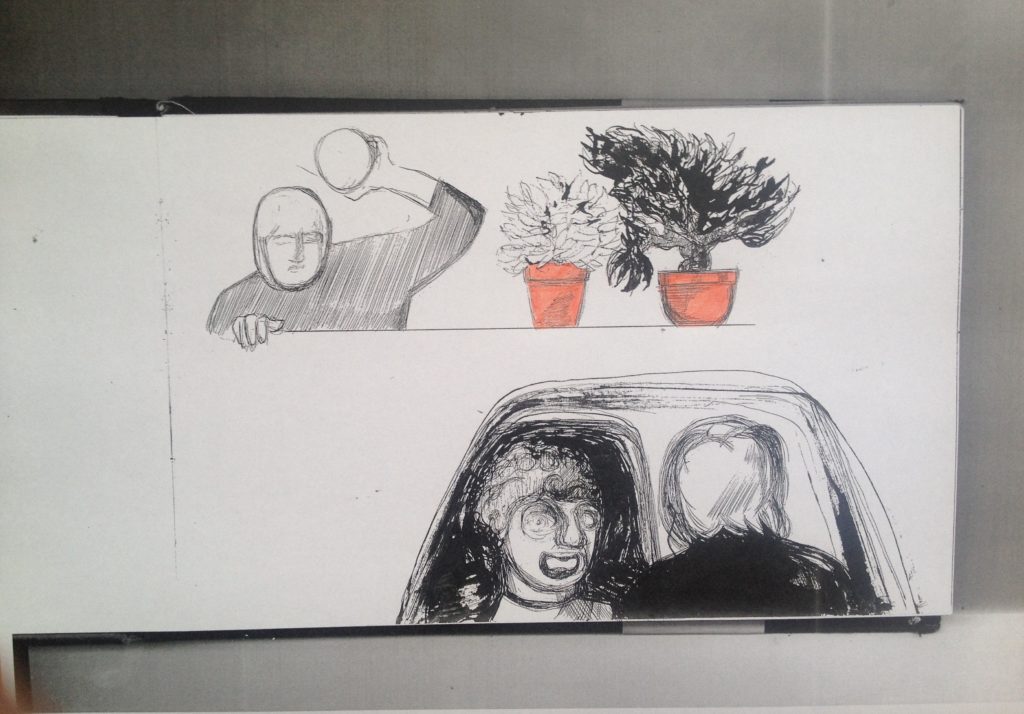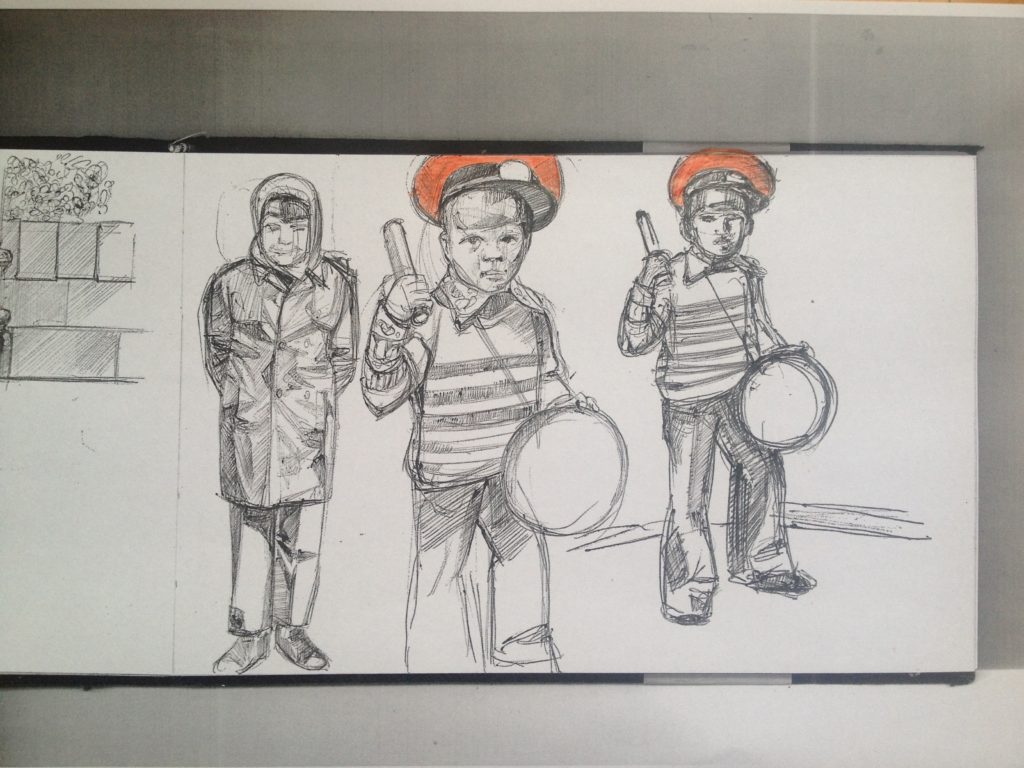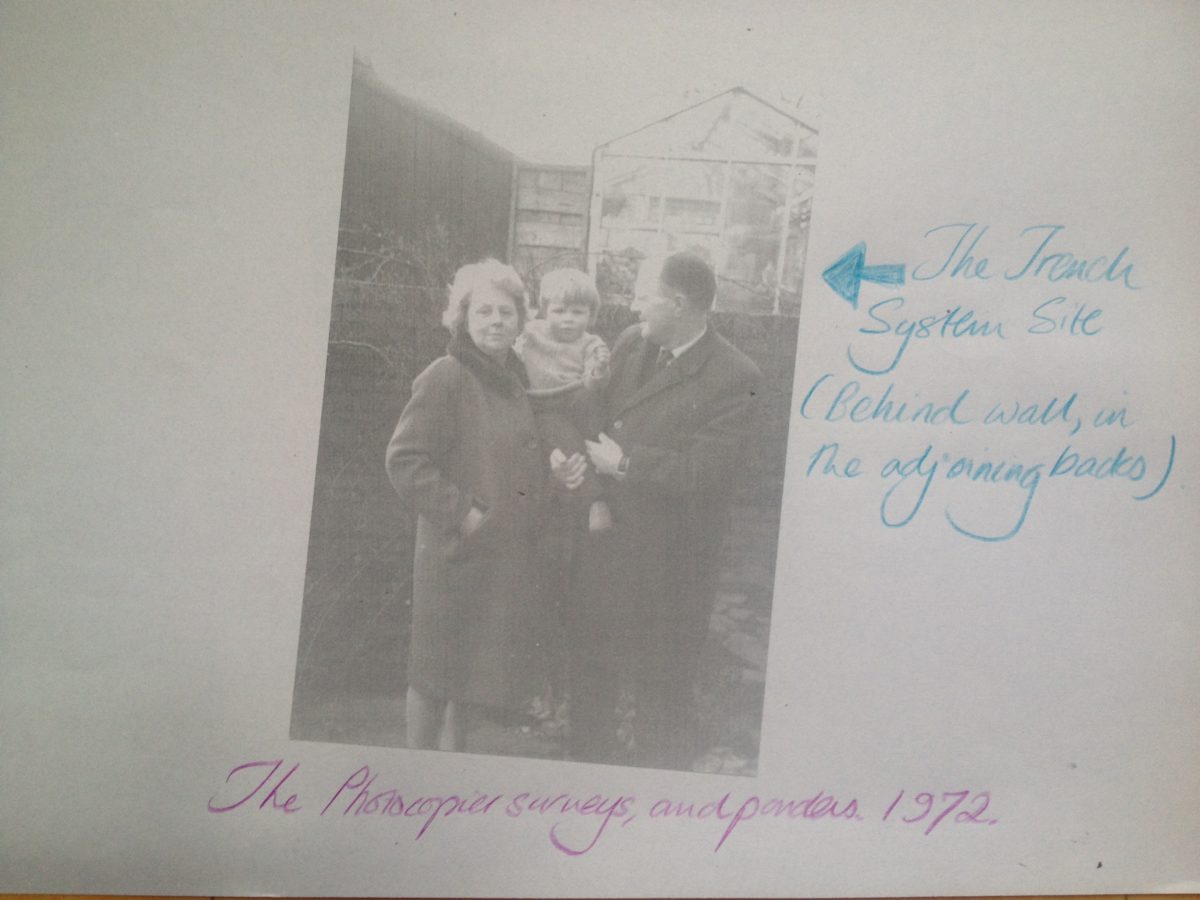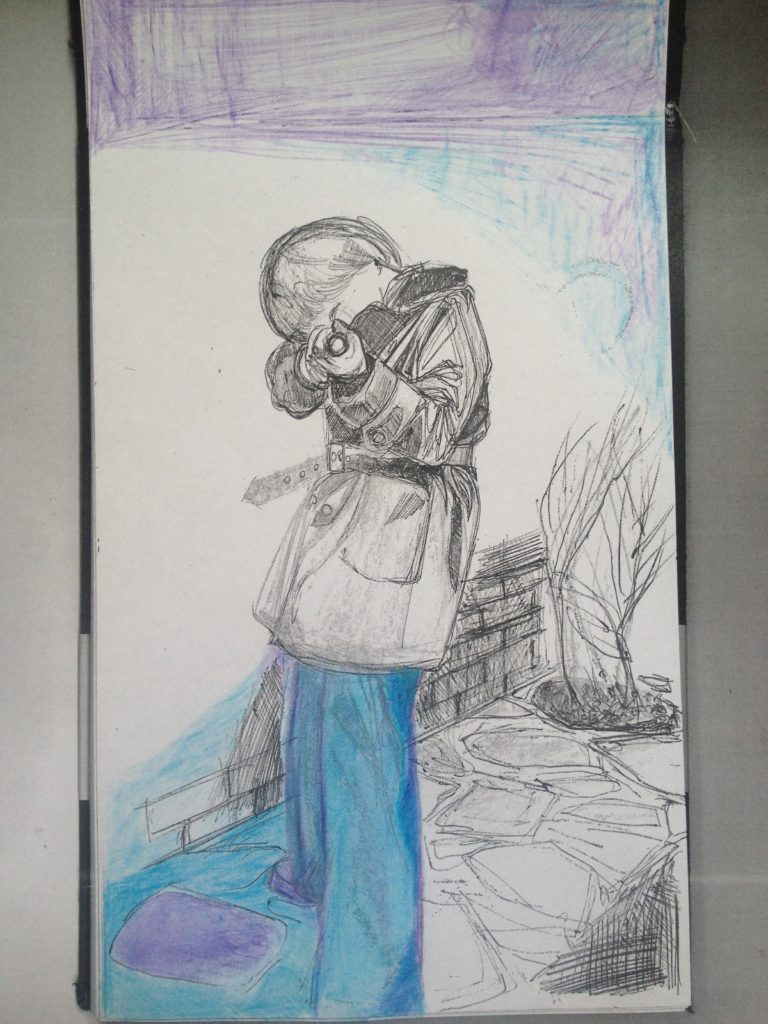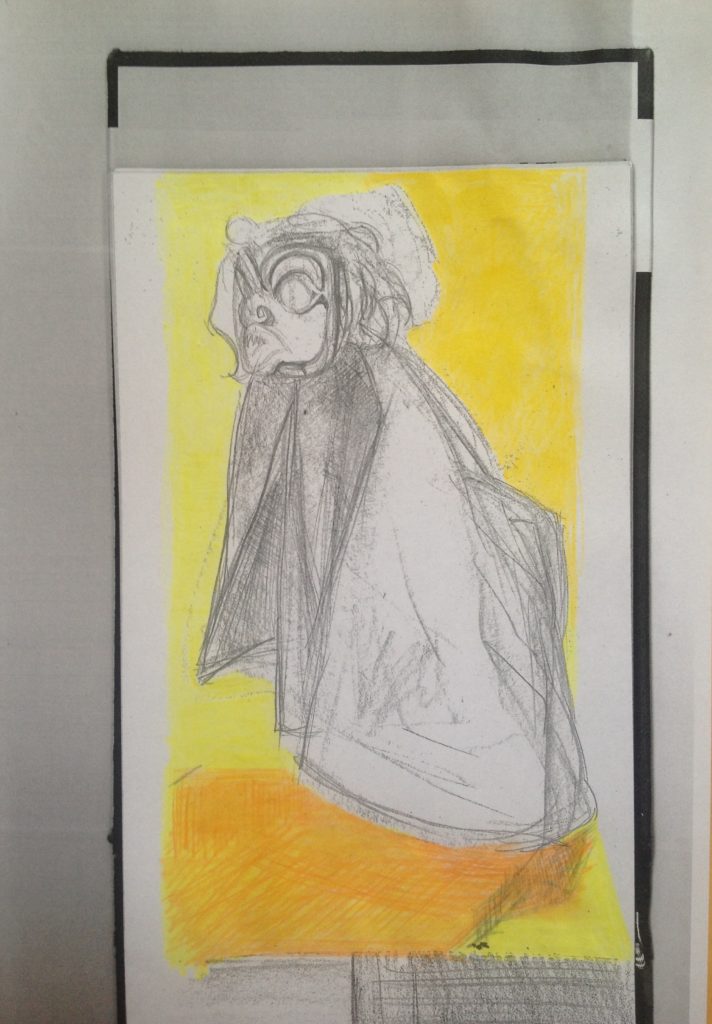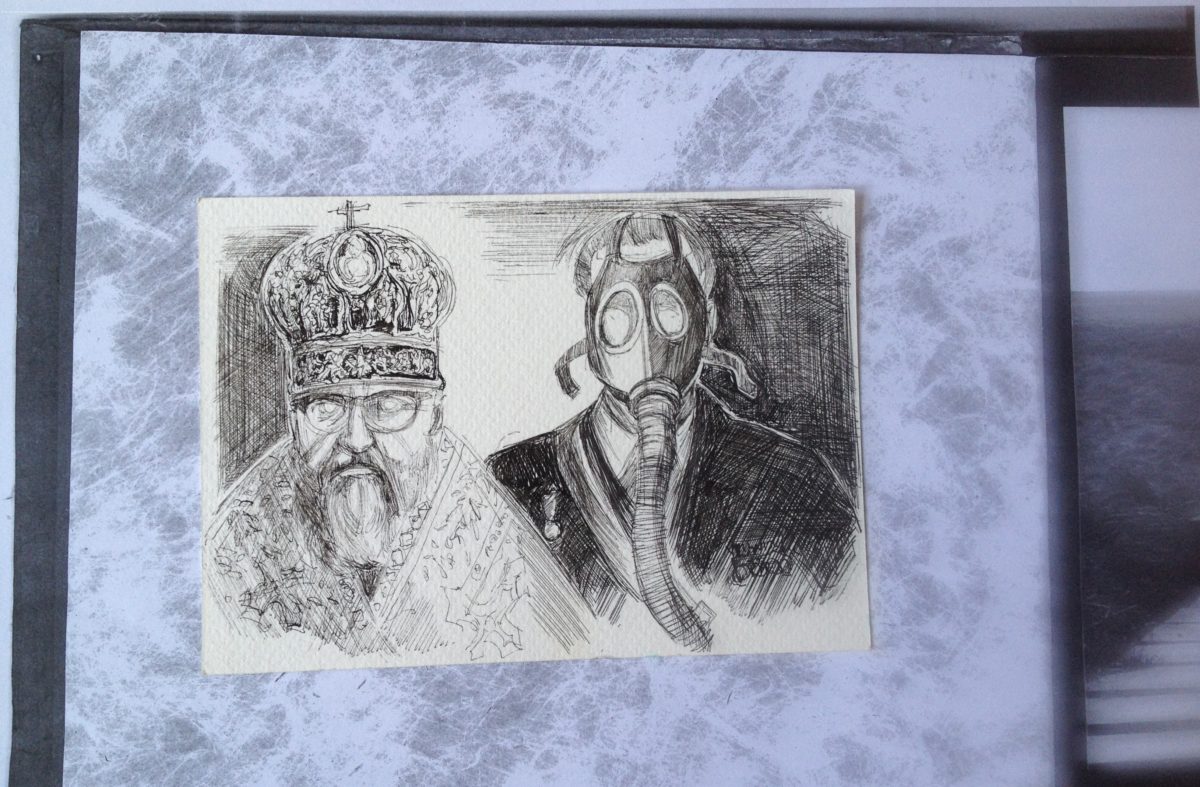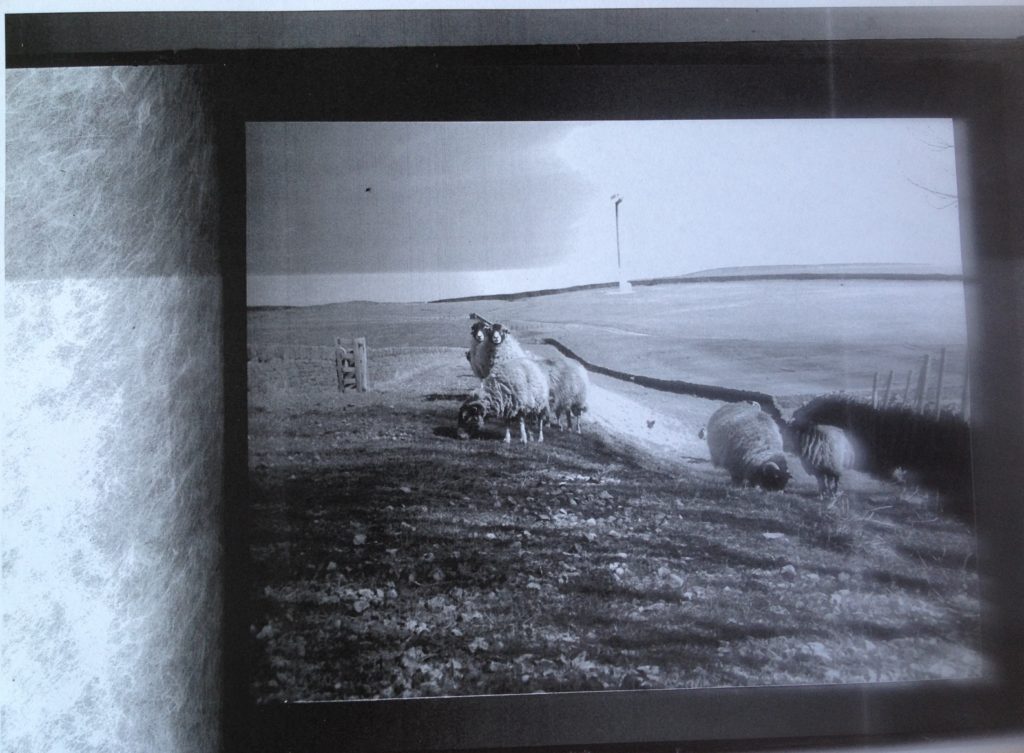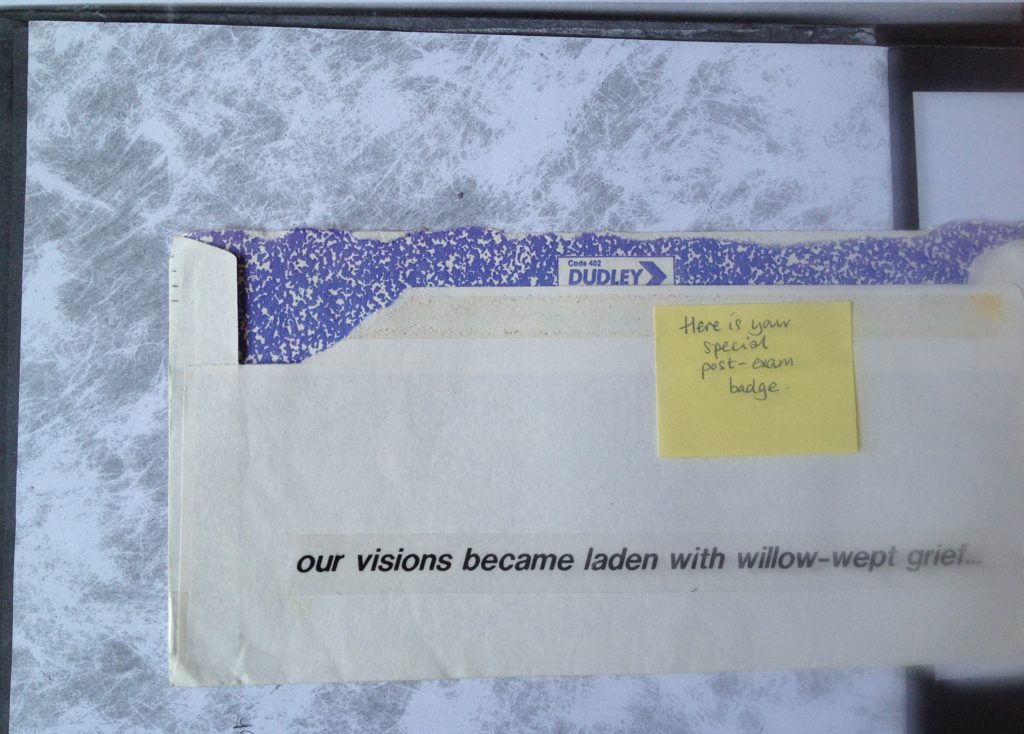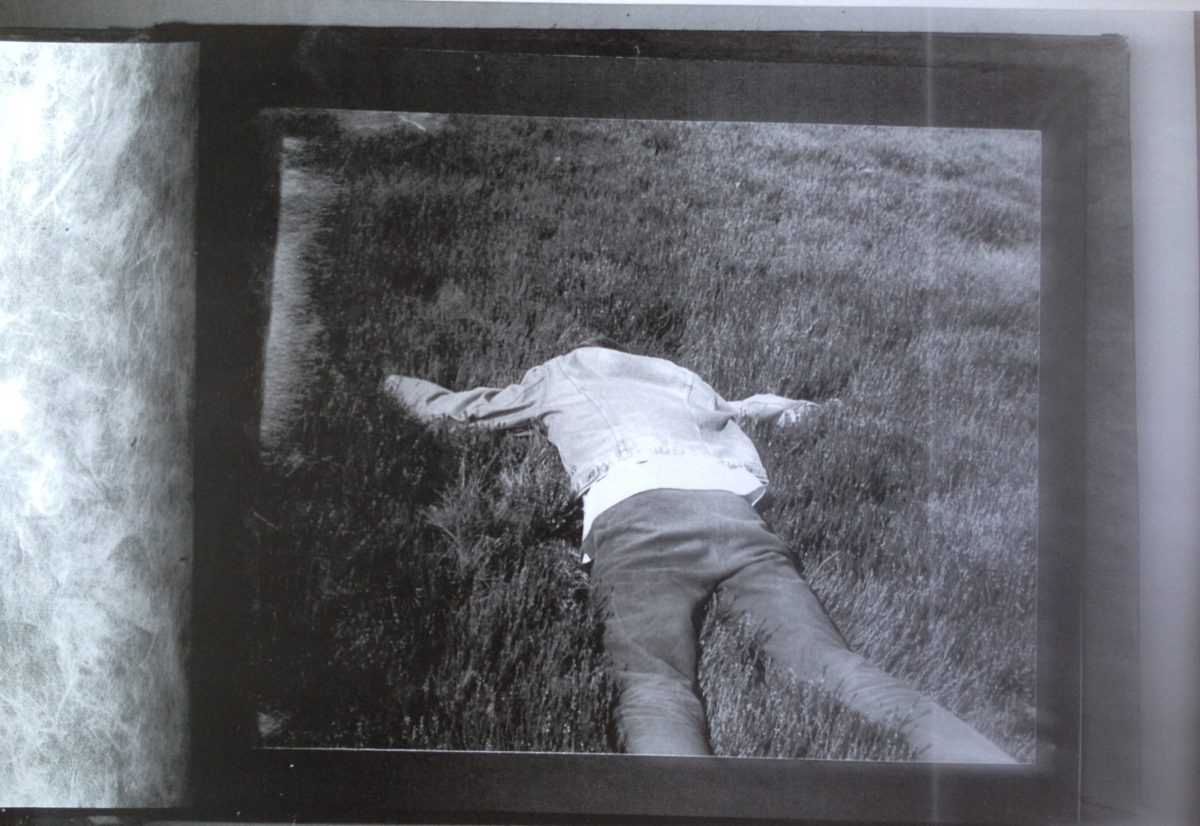Coal, brick (whether sooty or bright red), clay, soil, stone. These are my elements. I adore the smell of coal cinders. Like the dun green colour of the painted prefabs and shelters then still to be seen at the top of Moss Hall Road, the dank, tangy smell of cinders constitutes a very early memory.
Every week the coal man (a jolly, noisy chap I recall) would drop off a few bags in our concrete coal bunker in our new house on Whalley Road. I would then clamber onto the structure, and try to look into next door’s garden, for their cat Milly (was it Milly?), an irascible tortoiseshell. Or peer over the road to the NORI brick stacks. I would bang my drum (a 2nd, or 3rd birthday present) and wear my dad’s Heworth Colliery Band hat.
My past is my playground.

